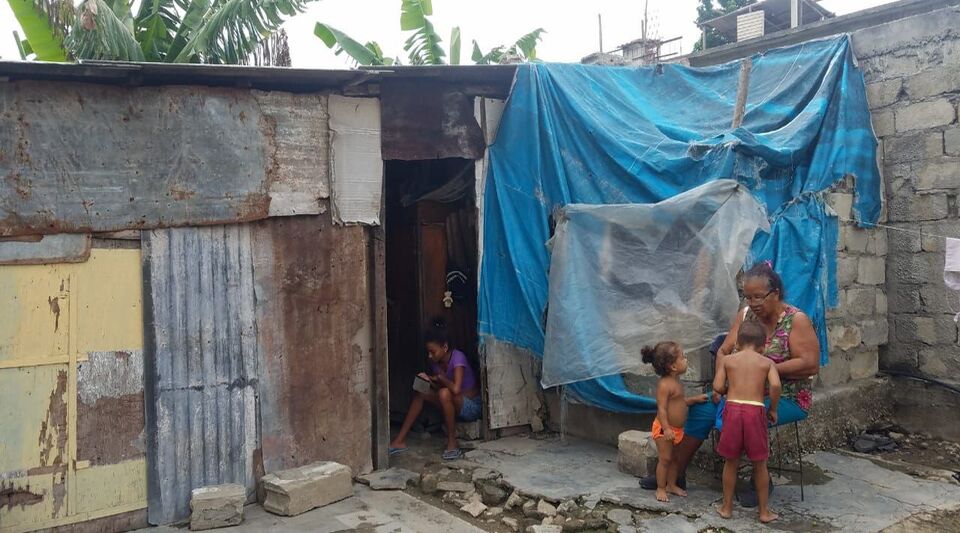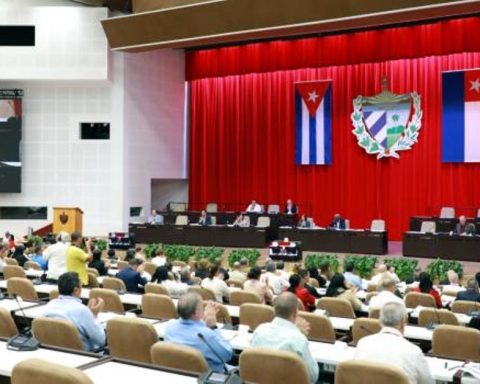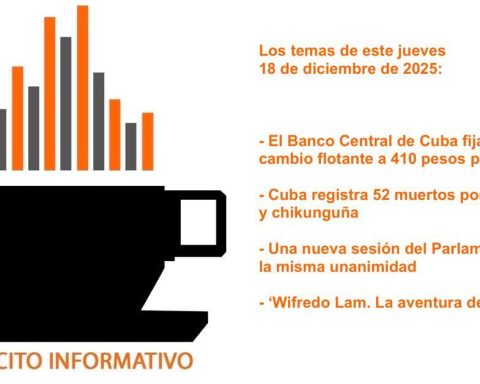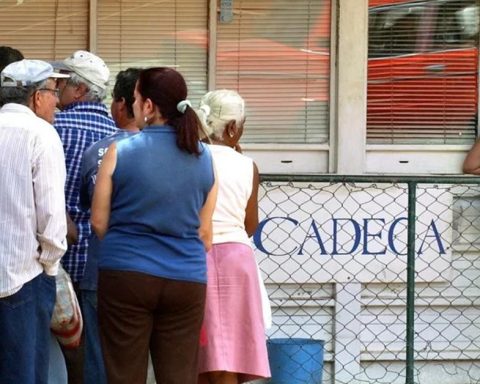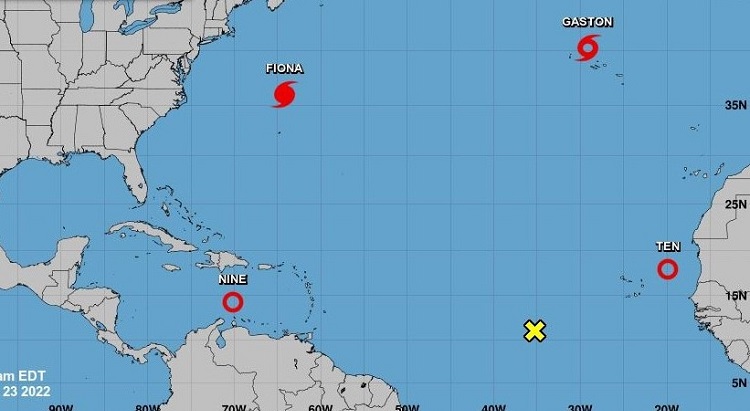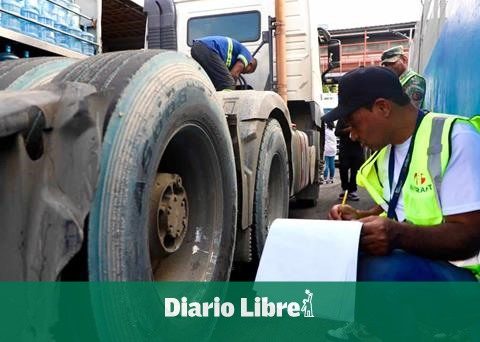Leymida Chávez has been waiting for almost ten years for a solution for her house in Palma Soriano, Santiago de Cuba, one of the 7,000 that are still half-ruined after the passage of Sandy. The hurricane, which devastated the province on October 25, 2012, left 11 dead and 171,380 houses damaged, 15,889 of them collapsed.
Chavez, who is told by his friends The China, he has little hope. Or rather: she is totally desperate, because although her house is still number 251 on Los Cocos street, it is actually an almost destroyed shack.
The roofs have been improvised with a material that was used for public toilets during carnivals, the walls are a jumble of boards, zinc tiles, canvas and plastic. The doors are made from pieces of anything else. Of the house’s bathroom, only the tiled floor remained with the hole where the toilet once stood. What the ruling party would describe as an example of “creative resistance” is nothing more than proof of the total abandonment of the authorities to the most vulnerable citizens.
The family had a modest wooden house with a fiber cement roof, but the fury of those winds, with a speed of 180 kilometers per hour, destroyed everything.
Before the hurricane passed, the family had a modest wooden house with a fiber cement roof, but the fury of those winds, with a speed of 180 kilometers per hour, destroyed everything. Chávez now lives in his ruins with his mother, an elderly woman with hypertension problems, as well as a daughter and four grandchildren.
“To solve it -he says- I built a little house with four sticks and some yaguas, but shortly after they came to tell me that I had to tear it down, because soon they would come to build me one. Since they never came, I was left on the street with practically nothing.”
At the end of the summer of 2021, when Chávez had already repeated his visit to any office of Popular Power that might have to do with his case, he received notice about a visit from the province inspection.
One day, at five in the morning, some municipal officials appeared and deposited an undetermined amount of gravel and sand in front of the house. They left no steel or cement. “They did to me as they do to children, give me candy to make me shut up, to make me behave,” says Chavez.
A week later they came by again, not to drop off new materials but to pick up what they had brought. “A man named Alexis who works in the Department of Housing came to the front. I told him that all that was mine, that how they were going to take it away, and he limited himself to answering: ‘That has to be picked up because it has to be picked up’ “, adds China.
Since then and to date, no official has reappeared, much less the materials that the family sorely needs to rebuild the house.
Since then and to date no official has reappeared, much less the materials that the family so desperately needs to rebuild the house. The evasions and the justifications embitter the existence of Chávez who are tired of listening to promises that are not fulfilled and of seeing new deadlines appear for the delivery of the inputs that he so much needs.
While the sand and gravel appear, among other essential materials for the work, the Chávez family must constantly dodge the leaks that fall from the improvised roof when it rains, reinforce the aged metal plates that serve as walls in some points of the house and remain on the alert before any announcement of a tropical storm or hurricane.
However, the anguish is not relieved when the hurricane season ends, because soon after the temperatures drop and Chavez’s house becomes a freezer. Through every crack or hole the cold winds enter, which the smallest of the family and Chavez’s mother suffer especially.
Hurricane Sandy hit the Island in October 2012, mainly in the eastern provinces of Santiago de Cuba and Holguín, where it left 11 dead, hundreds of partial and total collapses of houses, in addition to extensive material damage to electrical and communications networks.
For the reconstruction work, the Cuban State received millions of dollars of international aid, among others, From Russia.
With or without a cyclone, housing shortages are chronic in the country. In 2021, according to official figures, the Ministry of Construction only completed 42% of the houses it planned to build in 2021 and 41% of the planned reforms.
________________________
Collaborate with our work:
The team of 14ymedio is committed to doing serious journalism that reflects the reality of deep Cuba. Thank you for joining us on this long road. We invite you to continue supporting us, but this time becoming a member of our journal. Together we can continue transforming journalism in Cuba.
